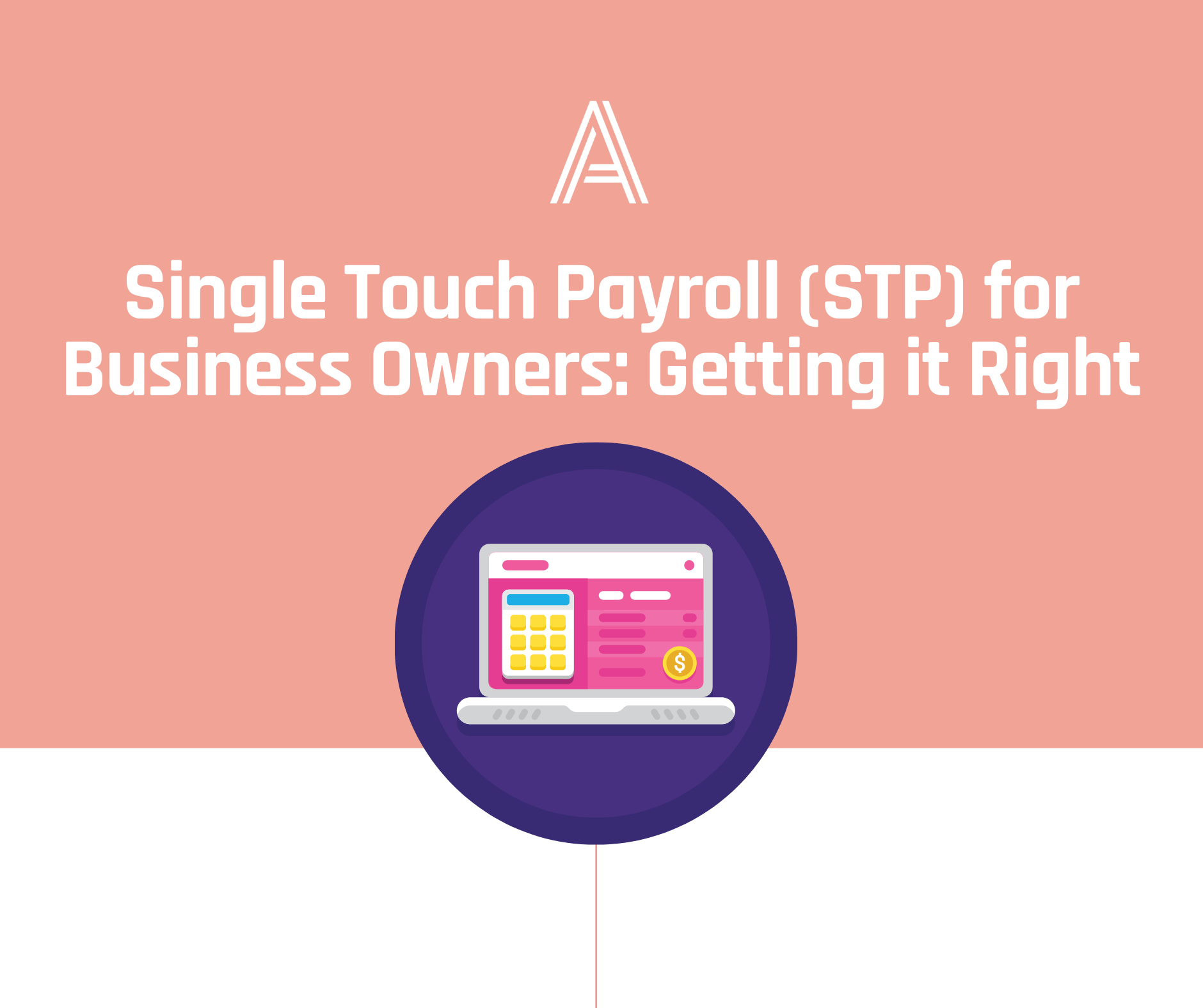
Retirement planning is serious business. You need a solid strategy to be able to see out your golden years in comfort and dignity. When it comes to investing in your retirement, there are generally two strategies that are most touted: investment properties or managed funds. Both have their pros. Both have their cons. A lot of both revolves around costs. Read on to find out more.
Investment properties vs. managed funds
An investment property is, much as the name suggests, the practice of buying up physical property that will accrue value and attract rents over time. Capital appreciation and passive income is the name of the game. These properties can then be sold later down the track for a significant return.
A managed fund, on the other hand, is the practice of investing your money with a financial professional who will pool your money together with that of other investors. The fund managers then buy and sell assets, such as bonds or shares, on your behalf. The aim of a successful investment fund is essentially to buy assets low, hold them and then sell them high. Repeating the process expertly and over the long term means the wealth of those who invested money should increase in league with the fund’s performance.
With that context set, let’s put the two side by side.
The cost of property investment
Cost is the first thing on people’s minds when you talk about investing in shares, particularly via managed funds. However, when talking about property, the allure of capital growth seems to drown out consideration of any costs associated.
Backed by a huge cultural weight of expectation, most people dive into property investment and just deal with whatever costs arise along the way. Unfortunately, those costs can be substantial and can even wipe out any real gains once the property is sold.
We’ve all heard the stories. Property investors will quote what they paid and how much they sold for but never mention the costs associated nor the effects of inflation over the period they held the property. It sounds great when an investor mentions they bought for $700k in 2010 and sold for $800k in 2020. However, there were likely to have been significant initial, ongoing and exit costs. The gain they made in selling may not even be enough to break even
Yes, owning a property is filled with surprise costs. It all adds up — $1500 here, $2496 there and then $4000 on rates. The bottom line is property is expensive to own, not just buy. This is not to say you cannot make a profit, however being aware of the real return after costs are taken into account will put you at an advantage when it comes to deciding how to best invest your money. Below is an example of costs for an investment property:
| ENTRY & EXIT COSTS – Investment Property | $750,000 | |
| Stamp Duty 3.5% above $100k + $1,000 | 26,775 | |
| Conveyancing costs | 1,500 | |
| (agent seller fee) 2.5% | 18,750 | |
| Initial and Exit costs | $47,025 | 6.3% |
| ONGOING COSTS – Investment Property | ||
| Agent fees 8% of rent $600 p/week | $2,496 | |
| Insurance | $1,500 | |
| Council rates / Water | $4,000 | |
| Maintenance repairs | $2,000 | |
| Total | $9,996 | 1.3% |
As well as the above there can be:
- Buyer’s agent fees if you are receiving advice
- Extra costs for termite protection
- Additional cleaning, repairs and replacements required, such as having to regularly redo carpets due to tenants ruining them
- Risk of extended vacancy
- Ongoing requests from tenants for upgrades
- Substantial improvements every seven to 10 years, for example fences and retaining walls.
As you can see, the costs of owning an investment property can be substantial. So, what about managed funds, are they any better?
The cost of managed funds
At first, managed funds seem to carry a lot of extra expenses, but that’s often only because these costs are more transparent. Let’s take a look at this example of purchasing a managed fund:
| ENTRY & EXIT COSTS – Managed Fund Portfolio | $750,000 | |
| Buy/Sell Unit Cost | 3,750 | |
| No exit fee (already priced in from Buy/Sell) | ||
| Initial and Exit costs | $3,750 | 0.5% |
| ONGOING COSTS – Managed Fund Portfolio | ||
| Managed Funds Fee (0.8% p.a.) | $6,000 | |
| Total | $6,000 | 0.8% |
Other potential costs include:
- If you invest across multiple managed funds and you wish to have this consolidated via a platform, this would incur an administration fee
- If you elect to receive advice initially and on an ongoing basis, there can be steep adviser fees to consider too.
The main issue that people worry about when investing in managed funds and shares is volatility. Or, basically, will the markets tank? Volatility can be caused by a number of factors but it’s not all bad. For one, you make an informed choice on how much risk you are willing to take when investing in managed funds. You can choose to be conservative, take on moderate risk or shoot for the moon. Just remember, risk and return scale in more or less direct alignment.
For reasons like these, seeking good financial advice is important and provides great insights into constructing an initial portfolio of managed funds. It also helps you adjust your investments over time ensuring you remain in high-quality positions over the long term.
Verdict: managed funds win in the long run
When comparing the two options for long-term retirement strategy, managed funds make the stronger case from a purely rational point of view. The simple truth is, when you compare the costs of investment properties vs. managed funds, your money and your future is in much safer hands with a qualified fund manager. And, as they say, the best two times to invest for the future are 15 years ago and right now!
Looking long term towards a secure retirement? Get in touch today for advice on investing in managed funds.
Altitude Financial Planning is a Corporate Authorised Representative of Altitude Financial Advisers Pty Ltd
ABN 95 617 419 959
AFSL 496178
The information contained on this website is general in nature and does not take into account your personal circumstances, financial needs or objectives. Before acting on any information, you should consider the appropriateness of it and the relevant product having regard to your objectives, financial situation and needs. In particular, you should seek the appropriate financial advice and read the relevant Product Disclosure Document.


